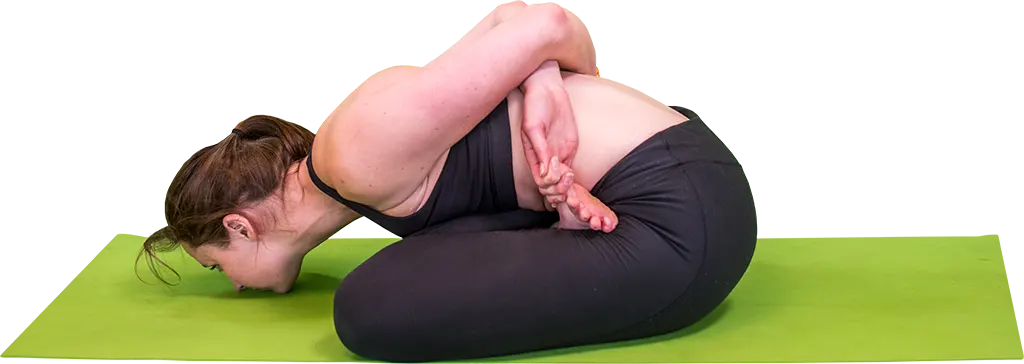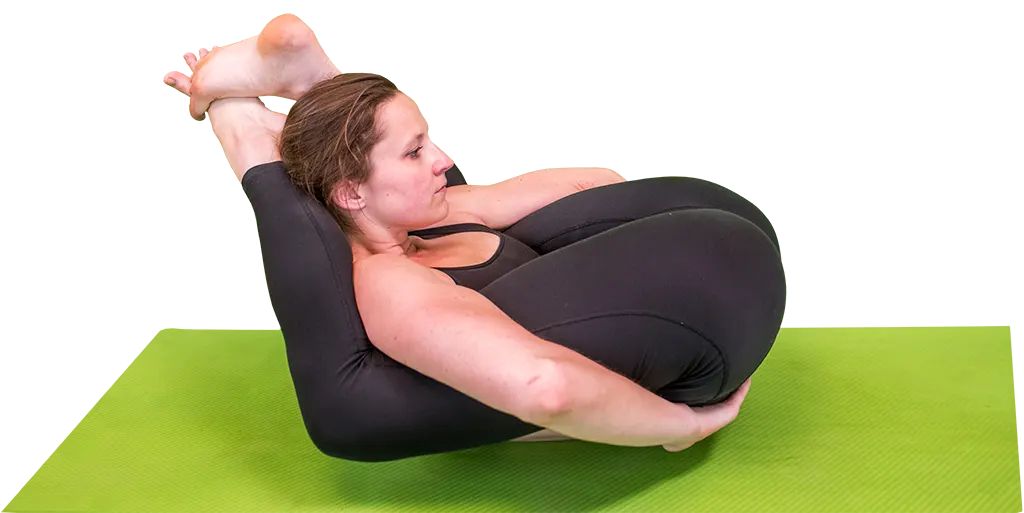
Padma Mayurasana
Lotus Peacock Pose
Meaning: padma = lotus / mayura = peacock
Table of content
Preparation
Sit in Dandasana (Staff Pose) - spine straight and upright, hands at your sides, legs extended forward, feet together. Inhale, exhale, and relax.
Getting into position
Come into Padmasana (Lotus Pose). Using your hands, come up onto your knees. Place palms on the floor facing backward (or forward if needed) using same method as Mayurasana (Peacock Pose). Balance your weight onto your arms (elbows on navel, balancing on hands) and carefully lift your head and knees up so that your torso and crossed legs are parallel to the floor. Hold with normal breathing for as long as comfortable.
Coming out of position
Slightly relax the body. Carefully lower your knees to the floor. Leaning backward, take your weight off your hands, and come back into Padmasana. Uncross the legs one at a time. Inhale, exhale, and relax.


